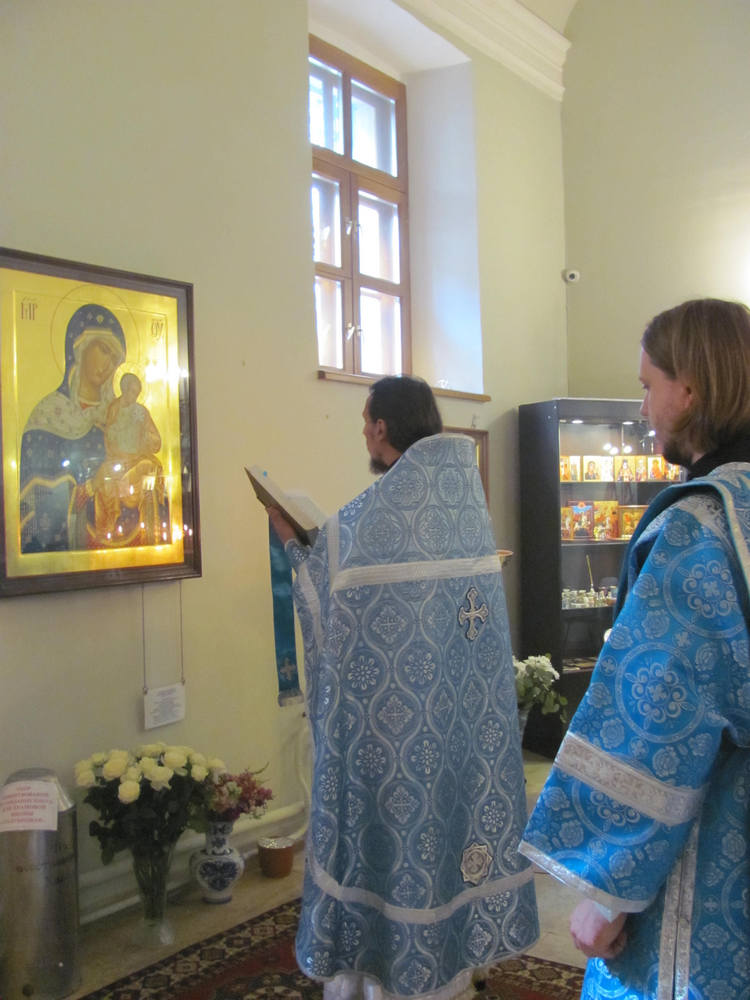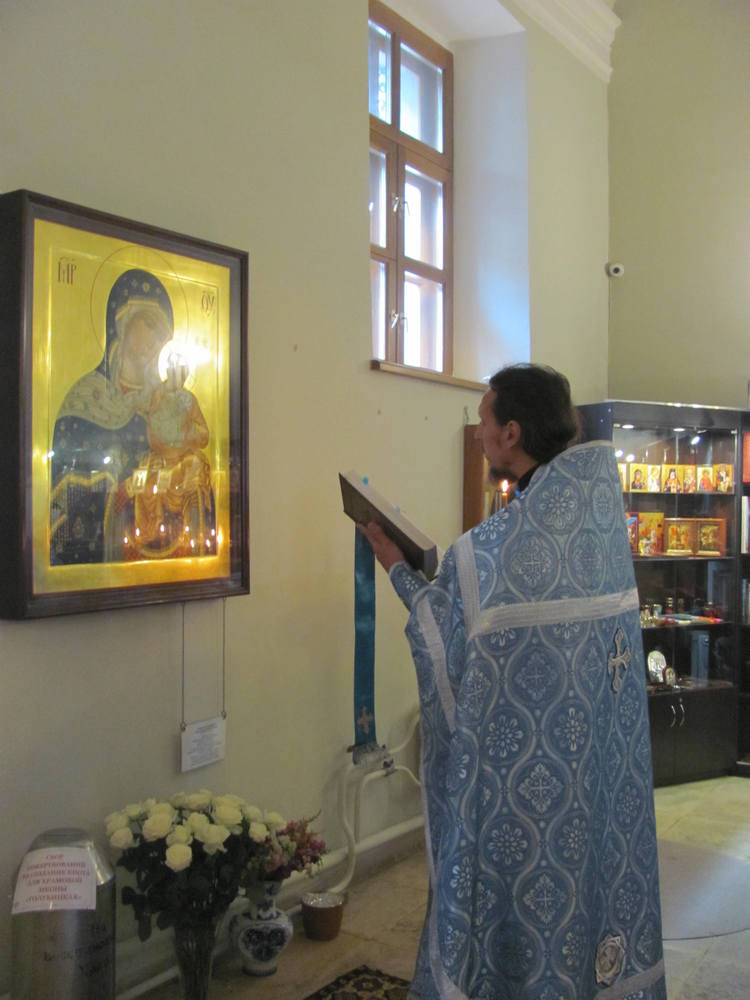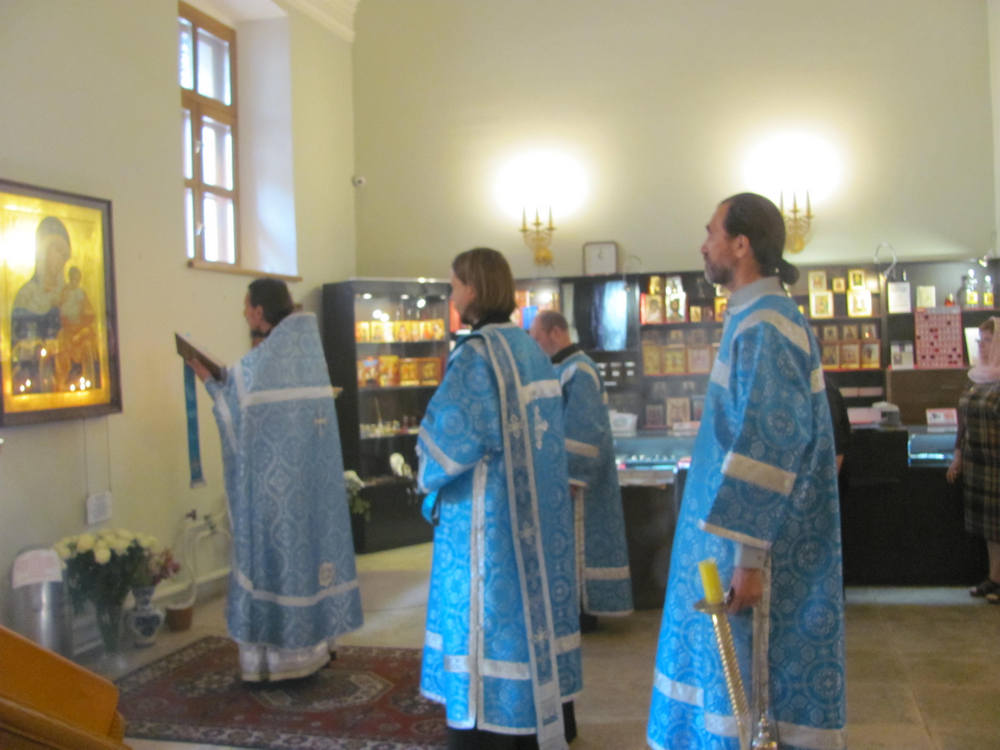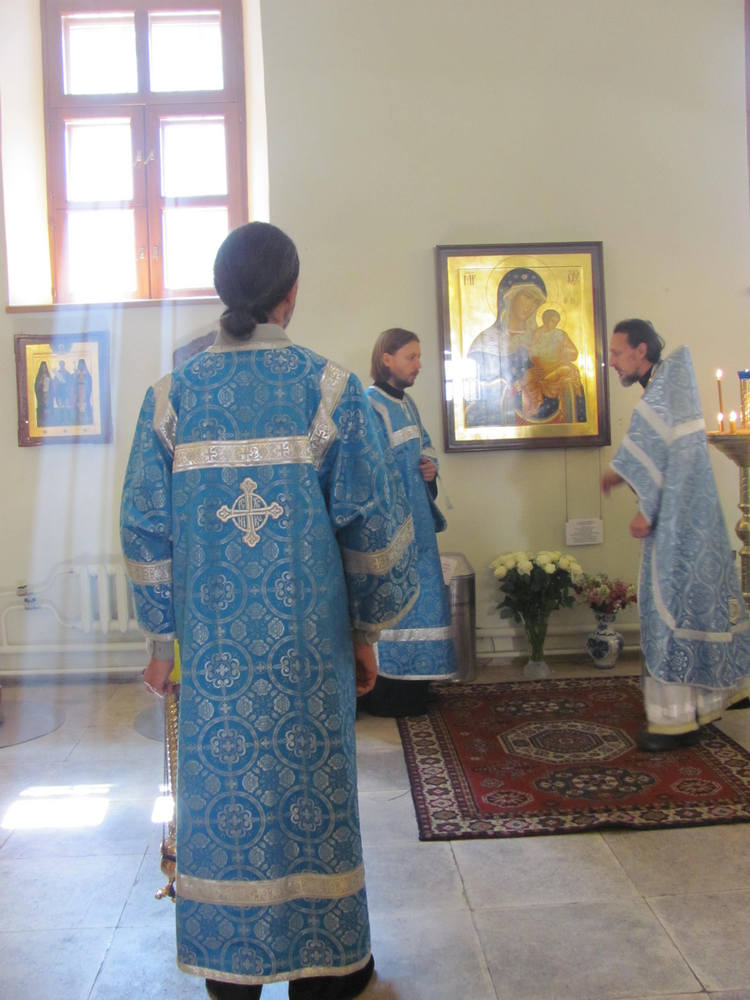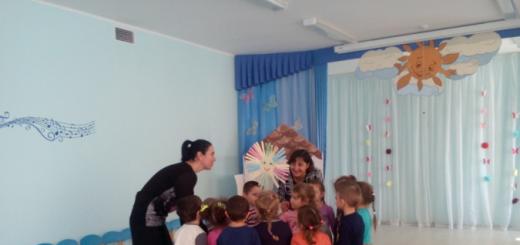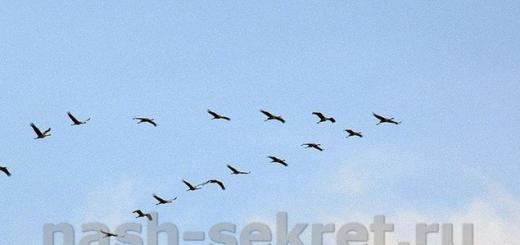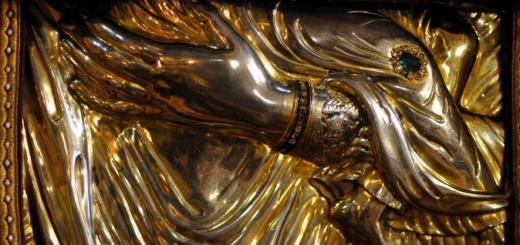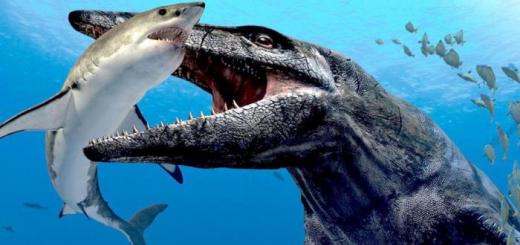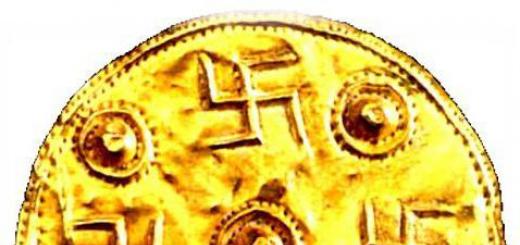On July 23, a service was held for the Golubitskaya (Konevskaya) Icon of the Mother of God, revered in our church.
The list of modern icons is written according to the exact dimensions of the pre-revolutionary icon and is located in the southern aisle of our church, which is dedicated to the holy monks Nil of Stolobensky and Theodore Sikeot.
From this icon we had a small miracle - a worker of our church read an akathist to her and prayed for the gift of her daughter's husband. It was on this day that the young people met, and a year later they got married. They now have two growing children.
The history of the miraculous Golubitskaya (Konevskaya) Icon of the Mother of God is connected with the life of the Monk Arseny Konevsky. Wishing to see high examples of monastic virtues and experience all the hardships of the harsh monastic asceticism, he went to Athos. After spending three years there in continuous feats of spiritual perfection, Arseny decided to return to his Fatherland in order to continue the path of asceticism he had begun in his homeland. The abbot of one Athos monastery, the perspicacious elder John Zidon, blessed him on his journey with an icon of the Mother of God.
And so, accompanied by the icon of the Mother of God, Arseny returned to Russia in 1393, came to his native city of Novgorod, and soon, with the blessing of Archbishop John of Novgorod, went in search of a place for a future monastery along the Volkhov River to Lake Ladoga or, as it was called in old - Nevo-lake.
After examining many islands, the ascetic finally stopped at the island, which was known under the name of Konevets. Here the Monk Arseny erected a cross, built himself a cell, and after a while he built a temple in honor of the Nativity of the Most Holy Theotokos. Arseniy's ascetic life attracted those wishing to imitate it, and soon a monastery arose on the island, which received the name Konevsky.
The miraculous help of the Mother of God to Arseny was revealed at the very beginning of his settlement on the island. From one fisherman, the monk learned that on the northwestern side of the island there was a very large stone, which was highly revered by the superstitious inhabitants of the area.
Every spring they bring their cattle to this island to graze, leave it without a shepherd and take it back in late autumn. Going ashore with cattle, the inhabitants leave one horse on the island near the sacred stone as a sacrifice to the spirits for keeping the cattle intact. The horse disappeared without a trace, so that next spring not even his remains were found. This showed that the spirits - the patrons of the island - accepted the sacrifice. “And until now,” the fisherman said, “the spirits live under this stone and inspire fear in people.”
After listening to the story of the fisherman, the Monk Arseny with the icon of the Mother of God went to this stone and, having made a prayer, drove out the demons. The legend says that evil spirits, having taken the form of ravens, flew away from the island to the Vyborsky coast, to a large bay, which the locals soon called Devil's Lakhta. And subsequently, the Mother of God showed many miracles from Her icon.
The miraculous image of Konevsky depicts the Mother of God with the Eternal Child holding two (sometimes one) pigeon chicks. At present, the icon of the Mother of God is in the Orthodox New Valaam Monastery in Finland. A revered list (copy) of the 17th century icon is located in the Moscow Church of the Resurrection of the Word on the Assumption Vrazhek.
